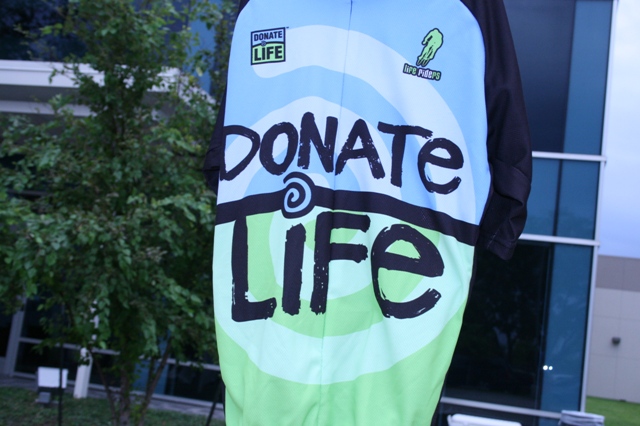While donating blood is relatively simple and commonplace, the process of donating bone marrow is not nearly as well known. As a result, the need for bone marrow donors remains very high–someone is diagnosed with a blood cancer roughly every three minutes. Through this article, my goal is to explain the path of bone marrow donation, including the benefits and possible repercussions of this life-saving procedure.
Bone marrow donations are critical in the treatment of cancers such as leukemia and lymphoma. In many cases, blood stem cell transplants are the only way to fight these diseases, hence the urgent need for donors.
Unlike blood donations, the first step in donating bone marrow does not involve the donation itself. Because bone marrow contains DNA and is far more specifically categorized than the four blood groups, the process begins with joining the donor registry and completing a simple cheek swab or blood test. Registering as a blood marrow donor is a lifelong commitment—your name remains on the list until you turn 61, at which point the complications of donating likely outweigh the benefits. According to the Be The Match registry, roughly one in 540 members will be matched with a patient at some point in time. Additionally, studies have shown that age affects the success rate of transplants, so donors between the ages of 18-44 are requested in 90% of cases.
In the event that a patient is found and the match is confirmed, the donation can occur in two ways: marrow donation from the pelvic bone or peripheral blood stem cell (PBSC) donation directly from the blood. The recipient’s doctor will determine which method is best depending on their condition.
PBSC donation is more common and involves injections of a medication called filgrastim to increase blood stem cell count before the donor’s blood is drawn. The procedure is nonsurgical, so the main possible side effects include bone pain, muscle aches, headache, fatigue, nausea, and vomiting for a few days after the injections. On the other hand, marrow donation requires surgery and thus, comes with an increased risk. Fatigue and pain may last for several days to weeks after donating mature bone marrow.
Because of the unique matching process with bone marrow donations, both parties are afforded anonymity. In some cases, donors are able to meet their recipient after a year. Regardless of the circumstances, donating blood marrow is a very personal experience that requires the utmost commitment to potentially saving the life of someone in desperate need.
Featured Image Source: Circle of Life Bike Tour 2009 by Gulf Coast Regional Blood Center










